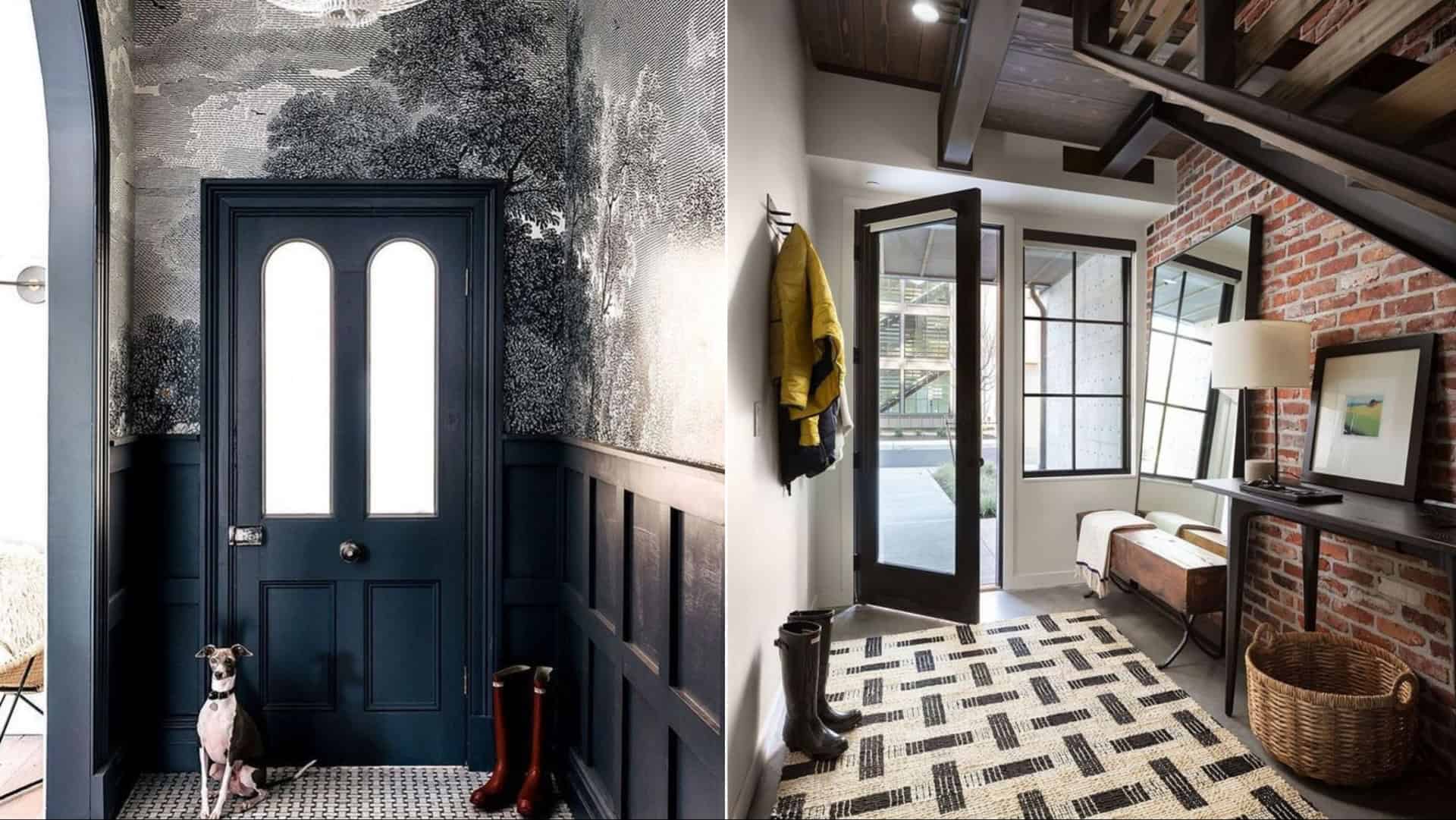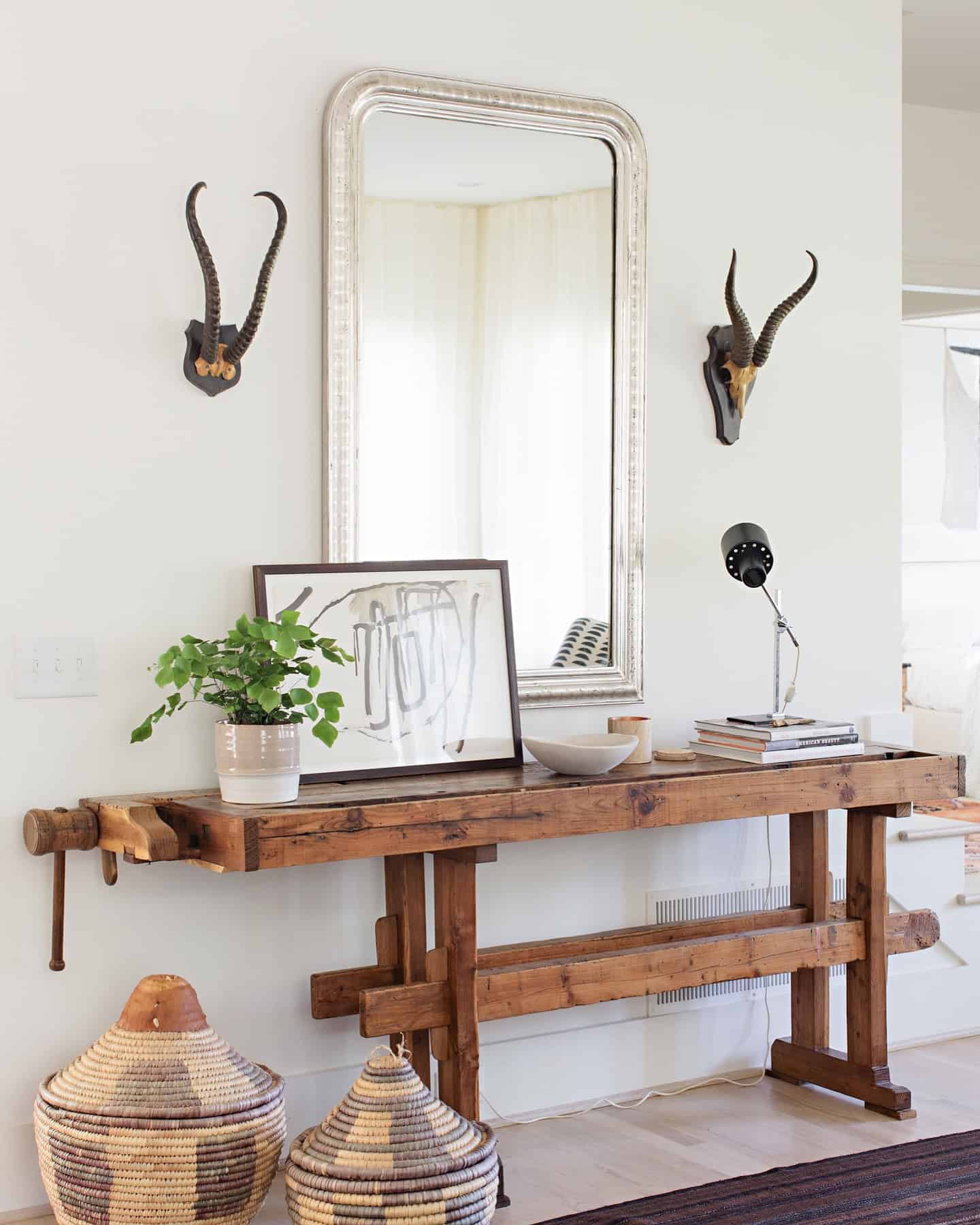In the fast-paced world of interior design, what’s hot today might be passé tomorrow. Entryways, often the first impression of a home, are no exception.
Designers continuously explore creative avenues, but some trends are deemed outdated almost as soon as they emerge.
Here are 10 entryway trends that designers have quickly moved past.
1. Excessive Decor
Too much decor overwhelms rather than welcomes.
A barrage of vases, frames, and trinkets can turn an entryway into a visual cacophony, detracting from its fundamental purpose.
Simplifying the space lets functionality shine. Why bombard when you can balance? A minimal approach respects the essential flow of energy and movement.
2. Faux Plants
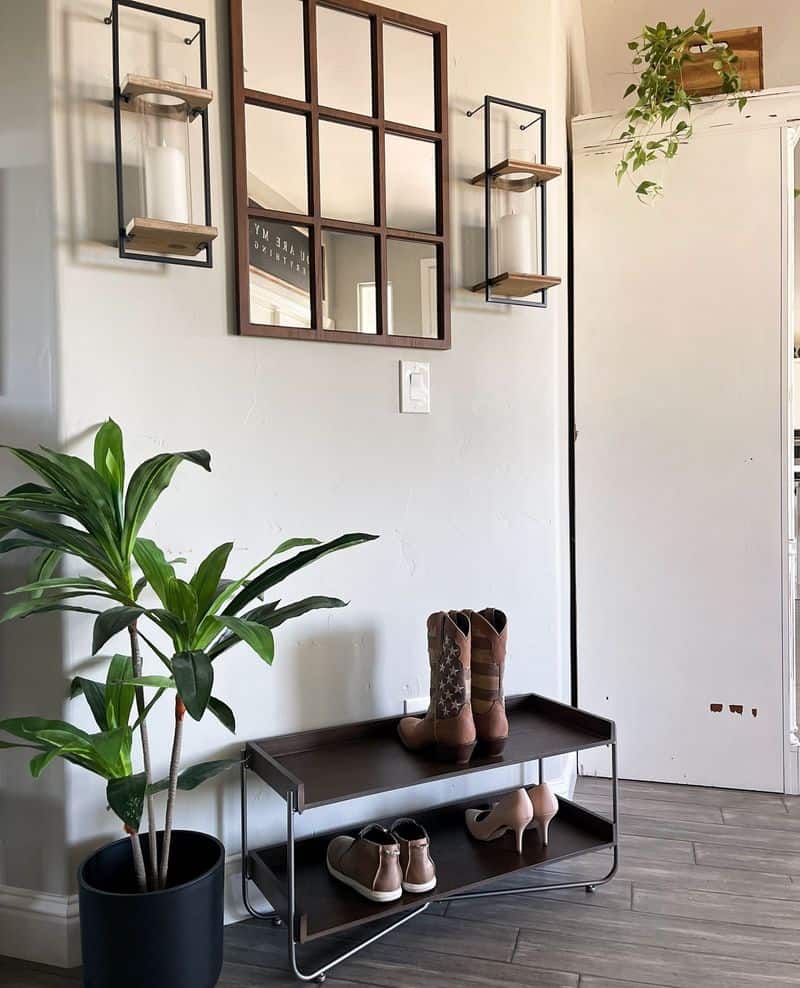
Faux plants lack the vibrancy and authenticity of real greenery. While maintenance-free, they often appear lifeless, missing the dynamic quality of real plants.
Real plants breathe life into spaces. Why settle for imitation when nature offers the real deal? Designers favor genuine foliage over plastic stand-ins.
3. Warehouse-Style Entryways
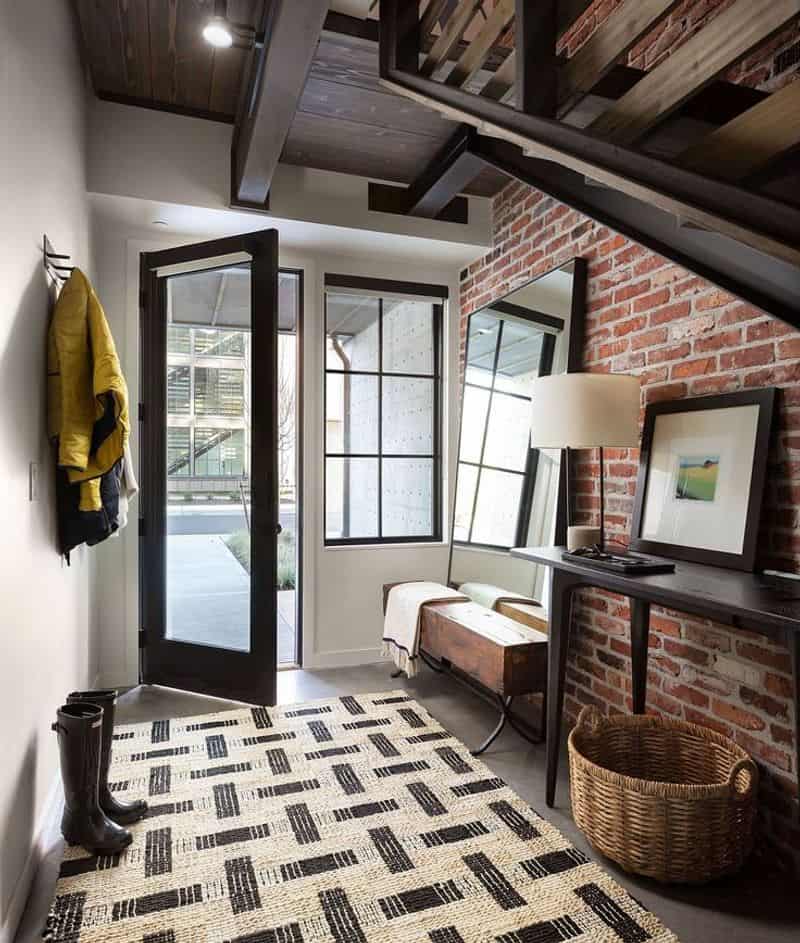
Industrial chic can lean too cold for entryways. Exposed brick, concrete, and metal elements may feel more cavernous than cozy.
While trendy in lofts, this style misses a welcoming touch in traditional homes.
Incorporating softer materials and warmer hues can transform such spaces into inviting thresholds.
4. Stark Color Palettes
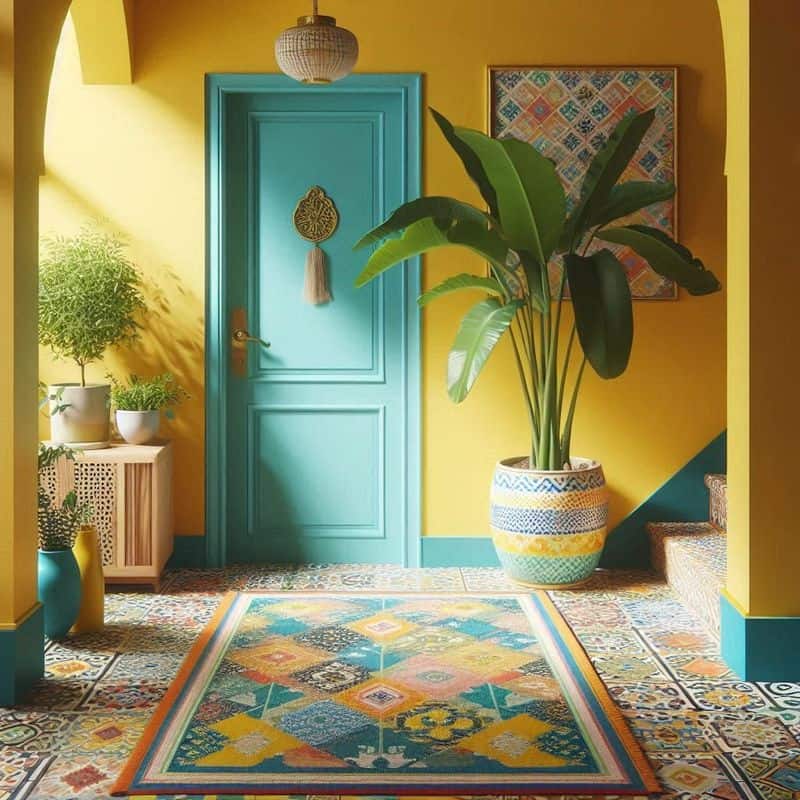
Black and white schemes can feel stark and uninviting. Without colorful accents, entryways may seem more like galleries than gateways.
Infusing warmer tones or textures can add depth. Why limit yourself to monochrome when a splash of color elevates the mood?
A balanced palette adds character and charm.
5. Complete Function Over Style
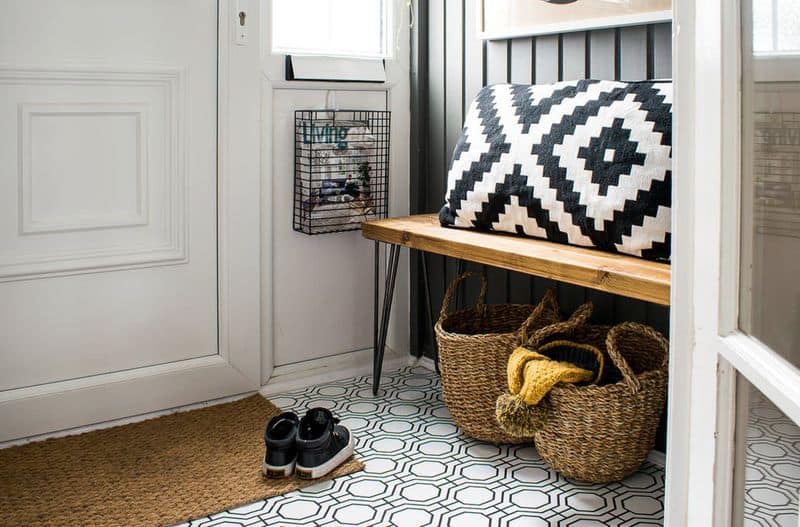
Function without flair falls flat. Overly practical entryways, focusing solely on storage, miss the essence of style.
While organization is key, aesthetics shouldn’t be an afterthought. Marrying form with function ensures a space that’s both useful and visually appealing.
Style adds soul to functionality.
6. Wallpaper in Small Entry Spaces
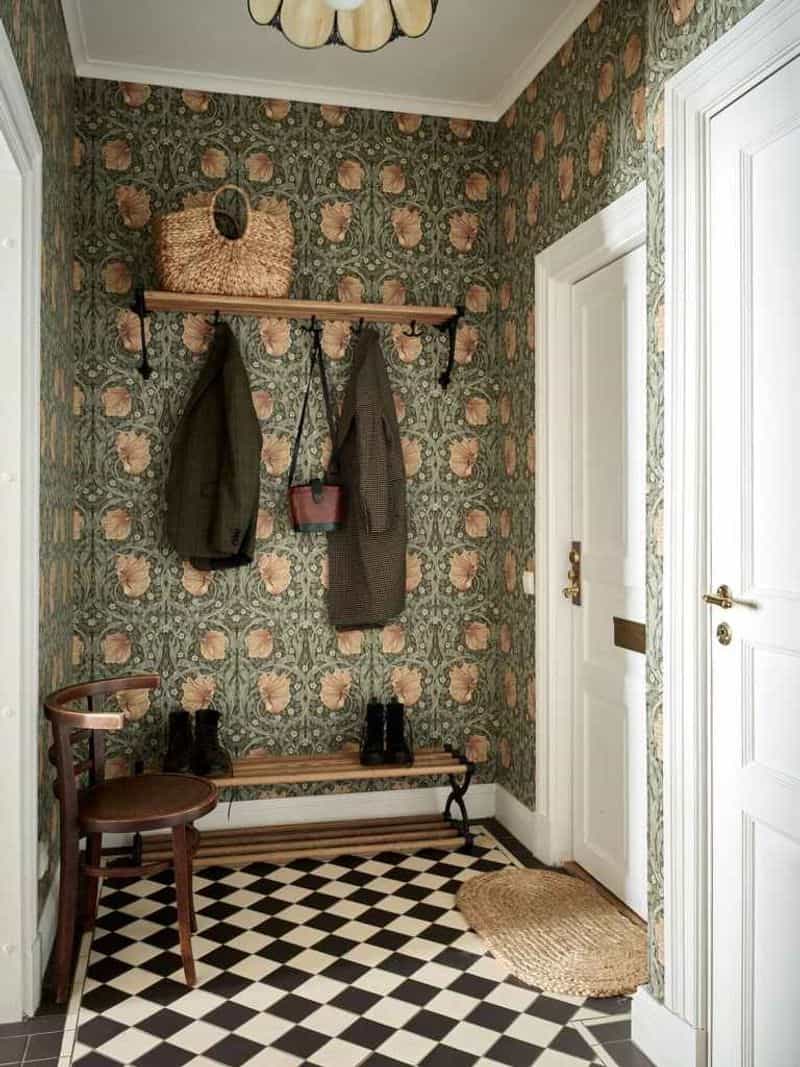
Wallpaper can overwhelm small spaces, making them feel even tinier. Intricate patterns compete for attention, creating a claustrophobic effect.
Opting for subtle textures or light colors can open up the area. The right choice in design can expand rather than constrict. Less is truly more in such cases.
7. Excessive Use of Mirrors
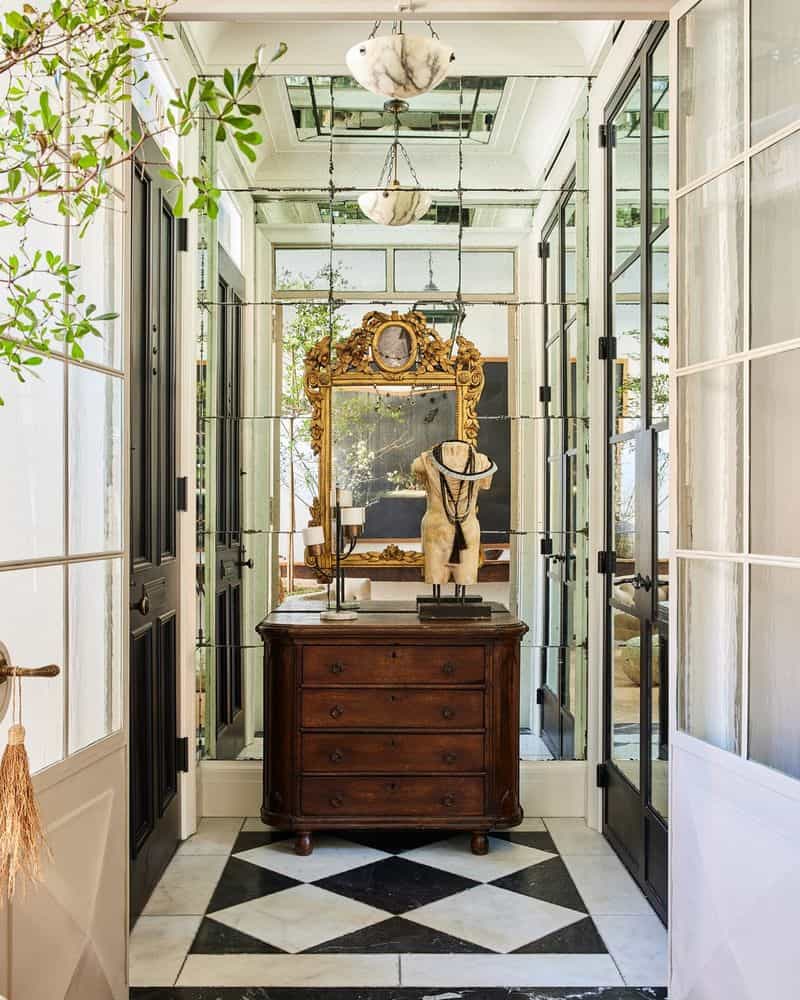
Too many mirrors create a dizzying maze. While mirrors enhance light and perception, overuse muddles the clarity of design.
A single, well-placed mirror can amplify space without overwhelming. Balance is key to ensuring reflection doesn’t become distraction.
Mirrors should adorn, not dominate, the decor.
8. Overly Moody Color Schemes

Dark, moody tones often absorb light, creating a somber atmosphere. Entryways should feel welcoming, not foreboding.
Brighter hues can inject vitality and warmth. Embracing light, even in color, fosters an inviting entrance.
Light and airy opens doors, literally and figuratively, to more engaging spaces.
9. Bulky Furniture
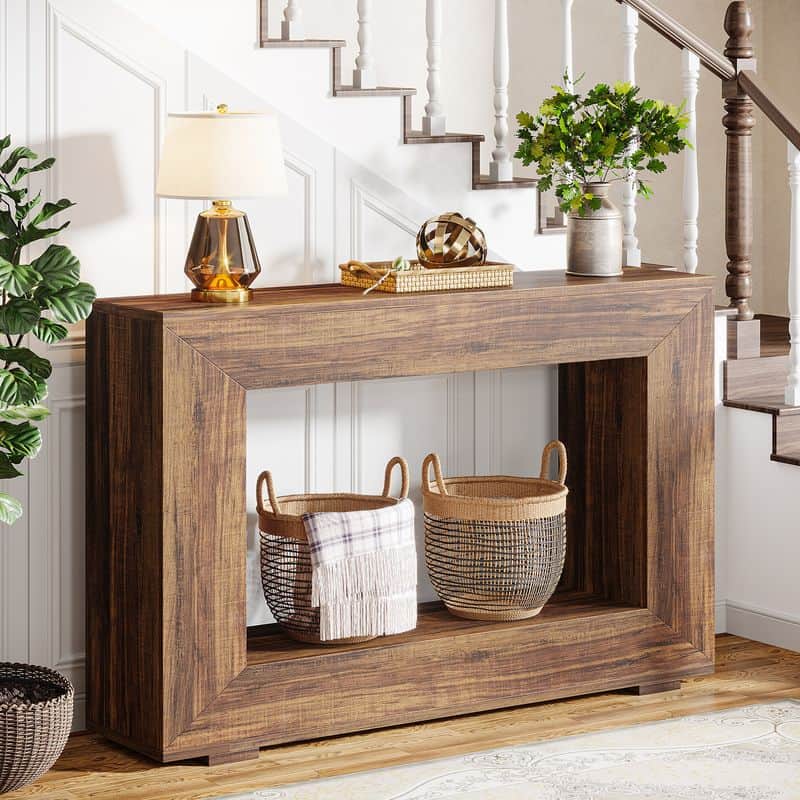
Bulky furniture constricts entryways, blocking the flow of movement. Oversized pieces can stifle space, making entryways feel cramped and unyielding.
Opting for sleek designs ensures functionality without losing space. A clear path is both practical and inviting.
Streamlined pieces maintain openness and accessibility.
10. Hooks and Racks Cluttering the Wall
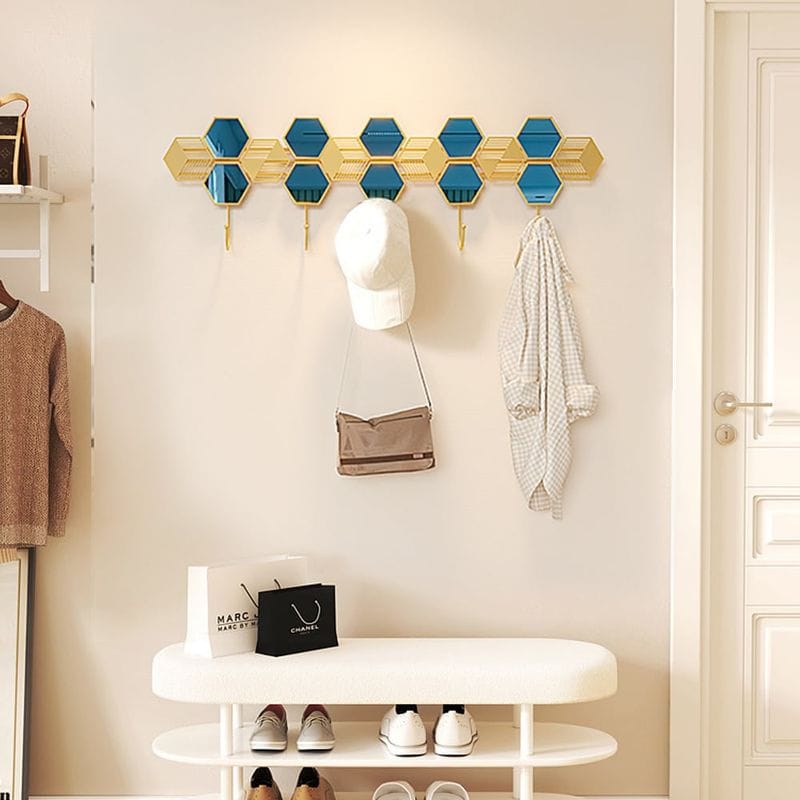
Walls brimming with hooks and racks create chaos rather than order. Too many hanging items can overwhelm the senses, reducing usability.
A thoughtful arrangement provides function without clutter. Simplifying storage solutions maintains cleanliness and aesthetic appeal.
Orderly walls contribute to a serene start.

